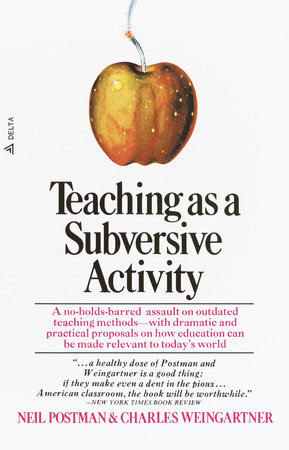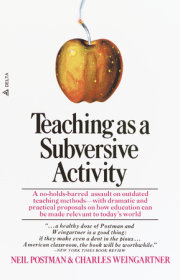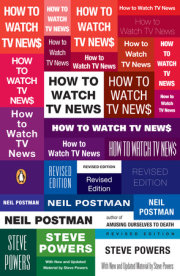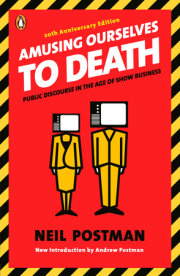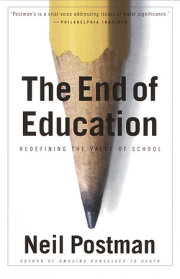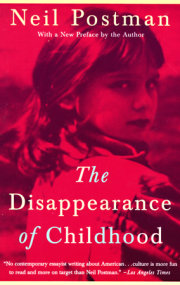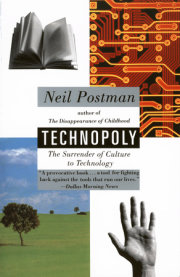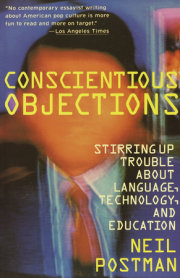Introduction
THIS BOOK is based on two assumptions of ours. One, it seems to us, is indisputable; the other, highly questionable. We refer to the beliefs that (a) in general, the survival of our society is threatened by an increasing number of unprecedented and, to date, insoluble problems; and (b) that something can be done to improve the situation. If you do not know which of these is indisputable and which questionable, you have just finished reading this book.
If you do, we do not need to document in great detail assumption (a). We do want, however, to remind you of some of the problems we currently face and then to explain briefly why we have not outgrown the hope that many of them can be minimized if not eliminated through a new approach to education.
One can begin almost anywhere in compiling a list of problems that, taken together and left unresolved, mean disaster for us and our children. For example, the number one health problem in the United States is mental illness: there are more Americans suffering from mental illness than from all other forms of illness combined. Of almost equal magnitude is the crime problem. It is advancing rapidly on many fronts, from delinquency among affluent adolescents to frauds perpetrated by some of our richest corporations. Another is the suicide problem. Are you aware that suicide is the second most common cause of death among adolescents? Or how about the problem of “damaged” children? The most common cause of infant mortality in the United States is parental beating. Still another problem concerns misinformation—commonly referred to as “the credibility gap” or “news management.” The misinformation problem takes a variety of forms, such as lies, clichés, and rumors, and implicates almost everybody, including the President of the United States.
Many of these problems are related to, or at least seriously affected by, the communications revolution, which, having taken us unawares, has ignited the civil-rights problem, unleashed the electronic-bugging problem, and made visible the sex problem, to say nothing of the drug problem. Then we have the problems stemming from the population explosion, which include the birth-control problem, the abortion problem, the housing problem, the parking problem, and the food and water-supply problem.
You may have noticed that almost all of these problems are related to “progress,” a somewhat paradoxical manifestation that has also resulted in the air-pollution problem, the water-pollution problem, the garbage-disposal problem, the radioactivity problem, the megalopolis problem, the supersonic-jet-noise problem, the traffic problem, the who-am-I problem, and the what-does-it-all-mean problem.
Stay one more paragraph, for we must not omit alluding to the international scene: the Bomb problem, the Vietnam problem, the Red China problem, the Cuban problem, the Middle East problem, the foreign-aid problem, the national-defense problem, and a mountain of others mostly thought of as stemming from the communist-conspiracy problem.
Now, there is one problem under which all of the foregoing may be subsumed. It is the “What, if anything, can we do about these problems?” problem, and that is exactly what this book tries to be about. This book was written because we are serious, dedicated, professional educators, which means that we are simple, romantic men who risk contributing to the mental-health problem by maintaining a belief in the improvability of the human condition through education. We are not so simple and romantic as to believe that all of the problems we have enumerated are susceptible to solution—through education or anything else. But some can be solved, and perhaps more directly through education than any other means.
School, after all, is the one institution in our society that is inflicted on everybody, and what happens in school makes a difference—for good or ill. We use the word “inflicted” because we believe that the way schools are currently conducted does very little, and quite probably nothing, to enhance our chances of mutual survival; that is, to help us solve any or even some of the problems we have mentioned. One way of representing the present condition of our educational system is as follows: It is as if we are driving a multimillion dollar sports car, screaming, “Faster! Faster!” while peering fixedly into the rearview mirror. It is an awkward way to try to tell where we are, much less where we are going, and it has been sheer dumb luck that we have not smashed ourselves to bits—so far. We have paid almost exclusive attention to the car, equipping it with all sorts of fantastic gadgets and an engine that will propel it at ever increasing speeds, but we seem to have forgotten where we wanted to go in it. Obviously, we are in for a helluva jolt. The question is not whether, but when.
It is the thesis of this book that change—constant, accelerating, ubiquitous—is the most striking characteristic of the world we live in and that our educational system has not yet recognized this fact. We maintain, further, that the abilities and attitudes required to deal adequately with change are those of the highest priority and that it is not beyond our ingenuity to design school environments which can help young people to master concepts necessary to survival in a rapidly changing world. The institution we call “school” is what it is because we made it that way. If it is irrelevant, as Marshall McLuhan says; if it shields children from reality, as Norbert Wiener says; if it educates for obsolescence, as John Gardner says; if it does not develop intelligence, as Jerome Bruner says; if it is based on fear, as John Holt says; if it avoids the promotion of significant learnings, as Carl Rogers says; if it induces alienation, as Paul Goodman says; if it punishes creativity and independence, as Edgar Friedenberg says; if, in short, it is not doing what needs to be done, it can be changed; it must be changed. It can be changed, we believe, because there are so many wise men who, in one way or another, have offered us clear, intelligent, and new ideas to use, and as long as these ideas and the alternatives they suggest are available, there is no reason to abandon hope. We have mentioned some of these men above. We will allude to, explicate, or otherwise use the ideas of still others throughout this book. For example, Alfred Korzybski, I. A. Richards, Adelbert Ames, Earl Kelley, Alan Watts.
All of these men have several things in common. They are almost all “romantics,” which is to say they believe that the human situation is improvable through intelligent innovation. They are all courageous and imaginative thinkers, which means they are beyond the constricting intimidation of conventional assumptions. They all have tried to deal with contemporary problems, which means they can tell the difference between an irrelevant, dead idea and a relevant, viable one. And finally, most of them are not usually thought of as educators. This last is extremely important, since it reveals another critical assumption of ours: namely, that within the “Educational Establishment” there are insufficient daring and vigorous ideas on which to build a new approach to education. One must look to men whose books would rarely be used, or even thought of, in education courses, and would not be listed under the subject “Education” in libraries.
So, whatever else its shortcomings, this book will be different from most other books on education. It was not our intention to be different. It just worked out that way because there are so few men currently working as professional educators who have anything germane to say about changing our educational system to fit present realities. Almost all of them deal with qualitative problems in quantitative terms, and, in doing so, miss the point. The fact is that our present educational system is not viable and is certainly not capable of generating enough energy to lead to its own revitalization. What is needed is a kind of shock therapy with stimulation supplied by other, living sources. And this is what we try to do. For us, McLuhan’s Understanding Media, Wiener’s The Human Use of Human Beings, Rogers’ On Becoming a Person, Korzybski’s Science and Sanity, even Richards’ Practical Criticism (to name a few) are such sources. In other words, they are “education” books, and, in our opinion, the best kind. We mean by this that these books not only present ideas that are relevant to current reality but that the ideas suggest an entirely different and more relevant conception of education than our schools have so far managed to reflect. This is an education that develops in youth a competence in applying the best available strategies for survival in a world filled with unprecedented troubles, uncertainties, and opportunities. Our task, then, is to make these strategies for survival visible and explicit in the hope that someone somewhere will act on them.
NEIL POSTMAN
CHARLES WEINGARTNER
New York, 1968
Copyright © 2009 by Neil Postman. All rights reserved. No part of this excerpt may be reproduced or reprinted without permission in writing from the publisher.

